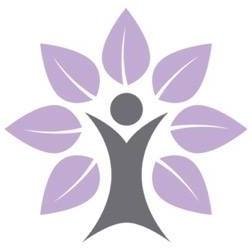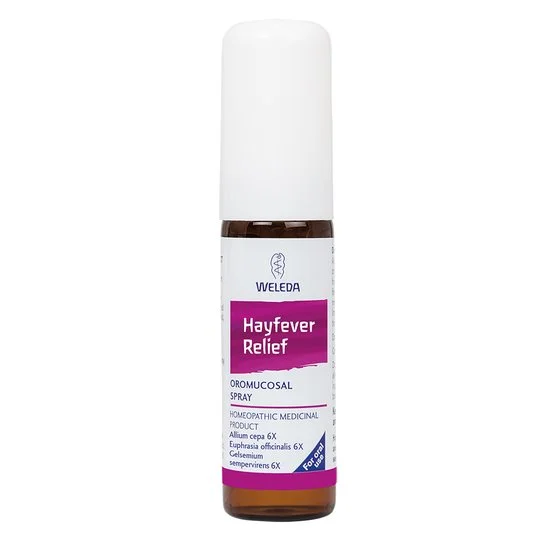Hay Fever
Hay Fever Season is Coming – Here’s How to Find Relief Naturally
As the seasons change and nature bursts into life, many of us look forward to brighter, warmer days. But for some, spring and summer come with an unwelcome visitor—hay fever. If you find yourself battling itchy eyes, a runny nose, and relentless sneezing, you’re not alone. But why does hay fever happen, and more importantly, what can you do to ease the symptoms naturally?
What is Hay Fever & Why Does It Happen?
Hay fever, or seasonal allergic rhinitis, is an allergic reaction to pollen. When pollen enters the nose, the immune system mistakenly sees it as a threat and releases histamines to fight it off. This overreaction leads to classic symptoms such as:
✔️ Sneezing
✔️ Runny or blocked nose
✔️ Itchy, watery eyes
✔️ Itchy throat
✔️ Fatigue
Hay fever can strike at different times of the year, depending on the type of pollen you’re sensitive to:
🌸 Spring: Tree pollen (birch, oak, ash)
🌿 Summer: Grass pollen (the most common trigger)
🍂 Autumn: Weed pollen (such as nettle and ragweed)
How to Ease Hay Fever Symptoms Naturally
The good news? There are natural ways to calm the immune system, reduce inflammation, and support overall wellbeing. Here are some effective methods:
🌿 1. Support Your Body with Reflexology
Reflexology can be a wonderful tool in your hay fever relief toolkit. By stimulating pressure points on the feet, particularly those linked to the sinuses, lungs, and lymphatic system, reflexology can help reduce congestion, clear blockages, and bring balance to the body. Clients often report feeling lighter, clearer, and less reactive to pollen after regular sessions.
🍃 2. Try Weleda Hayfever Relief Oromucosal Spray
A gentle yet effective natural remedy, this homeopathic spray from Weleda is designed to relieve hay fever symptoms without drowsiness or side effects. It works with your body’s natural healing response, helping to ease sneezing, congestion, and eye irritation. Simply spray under the tongue for fast-acting relief.
🥦 3. Nourish Your Body with the Right Foods
Eating an anti-inflammatory diet can help lower histamine levels and support immune balance. Consider adding: ✅ Vitamin C-rich foods (oranges, bell peppers, berries) – a natural antihistamine
✅ Quercetin (onions, apples, green tea) – helps reduce allergic reactions
✅ Omega-3s (salmon, flaxseeds, walnuts) – fights inflammation
✅ Local honey – may help desensitise the immune system to pollen
💦 4. Reduce Pollen Exposure
Small lifestyle adjustments can make a huge difference: 🔹 Keep windows closed on high pollen days
🔹 Shower & change clothes after being outdoors
🔹 Use an air purifier to trap pollen
🔹 Avoid drying clothes outside during peak pollen season
Book a Reflexology Session & Breathe Easy Again
If you’re struggling with hay fever symptoms and looking for a natural, holistic approach, reflexology could be the missing piece. With regular treatments, you may find that your reactions lessen, and your body feels more balanced and resilient.
💆♀️ Book your session today and step into the season feeling clear, calm, and in control.
📍 Click the button to book.
Here’s to a breezy, symptom-free season! 🌿✨


